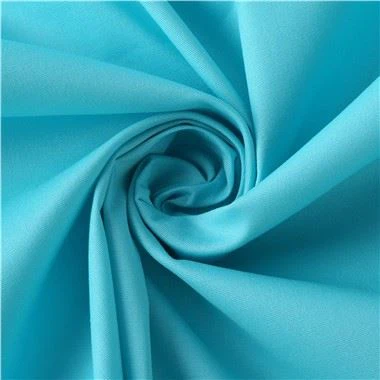Introduction Of Ecological Dyeing Method
Apr 30, 2023
As consumers become more and more attention about health and environmental protection, clothing and home furnishing brands also list these two points as important indicators. This issue recommends a dyeing technique that does not have harmful effects on the human body and the environment——ecological dyeing.
What is ecological dyeing method?
Ecological Dyeing refers to the dyeing technology that is based on a safer and more complete production and processing chain. The fiber materials, dyes and chemicals are environmentally friendly and have no harmful effects on the human body and the environment. Its production and processing process is safe and ecological, without damaging resources and polluting the environment; it is efficient and highly automated; its products are safe, healthy and multifunctional, and the entire production chain is strictly monitored. In order to establish a clean dyeing processing chain, it is necessary to work together from raw materials, product design, processing and application to establish a clean dyeing production system.
What kinds of ecological dyeing methods are there?
1. Pure natural plant dyeing. Using pure natural plant dyes, biological dyes and some natural mineral dyes, no chemical synthetic auxiliaries are used in the dyeing process, which is the safest and most environmentally friendly dyeing process, especially for the dyeing of ecological fibers such as organic cotton has excellent effect, and guaranteeing the organic nature of the textile.
2. Bionic dyeing. Imitating the structure, distribution and function of pigments in organisms for bionic dyeing is a new ecological dyeing approach.
3. Supercritical carbon dioxide fluid dyeing (SFD). This is a non-aqueous staining method. Supercritical carbon dioxide fluid dyeing is suitable for chemical fibers such as polyester, nylon, spandex and acetate fibers. The loss rate in the dyeing process is only 2% to 5%, which has the advantages of no pollution and less energy consumption.
4. short process dyeing. The short-process dyeing technology greatly improves production efficiency, reduces technical processes, greatly improves product quality stability, and reduces dyeing costs.
5. Electrochemical dyeing. This is a brand-new dyeing method, which uses electrochemical cathodic reduction to replace the traditional sulfur powder reduction dyeing process, not only can maintain the advantages of vat dyes, but also the dyeing solution can be reused, saving 80% of chemical reagents and a lot of water, reducing the cost of dyeing, and it has also greatly reduced the cost of sewage treatment in dyeing factories.
6. Active dyeing. Although reactive dyes have developed many environmentally friendly products, the utilization rate of dyes is low, and reactive dyes have low directivity to cellulose fibers, and hydrolysis occurs during dyeing, and the loss rate reaches 50%.
7. Low-salt dyeing. In order to solve the problem of electrolyte pollution caused by the addition of a large amount of medium-sized electrolytes during the exhaust dyeing of reactive dyes, low-salt dyeing reactive dyes and dyeing processes have been developed at home and abroad.
8. deep color dyeing. There are more and more dark colors dyed by reactive dyes, especially navy blue and black. In order to reduce dyeing pollution, it can be controlled by dyeing in deep and thick colors.
9.fast dyeing. Methods to increase color fastness include selecting reactive dyes with good fastness; modifying fibers, such as physical modification or chemical modification, increasing the degree of dye reaction, introducing components that protect dyes on fibers, etc.; Choose appropriate fixing agent or cross-linking agent for treatment and other methods.
10. Other dyeing technologies. There are a few other niche eco-stains as well.







